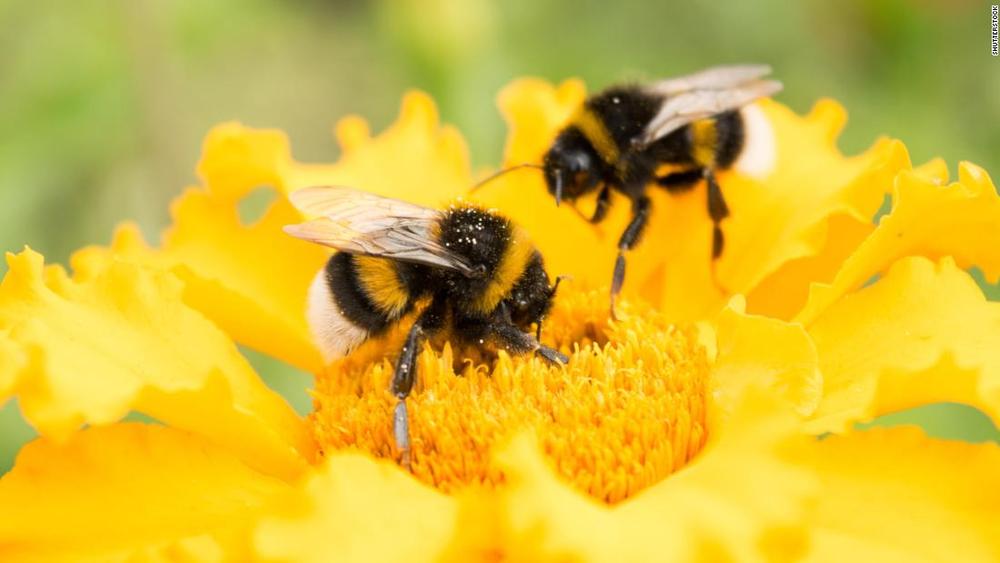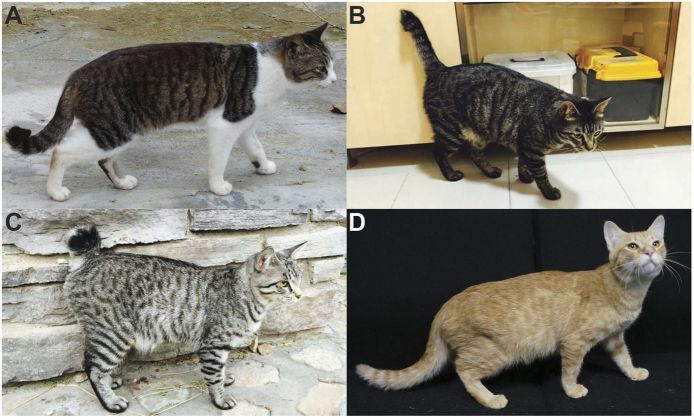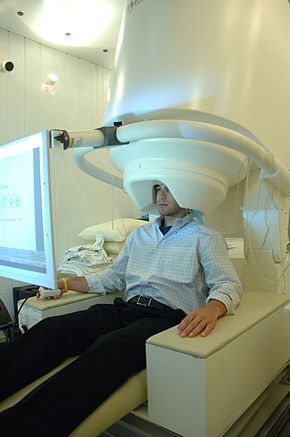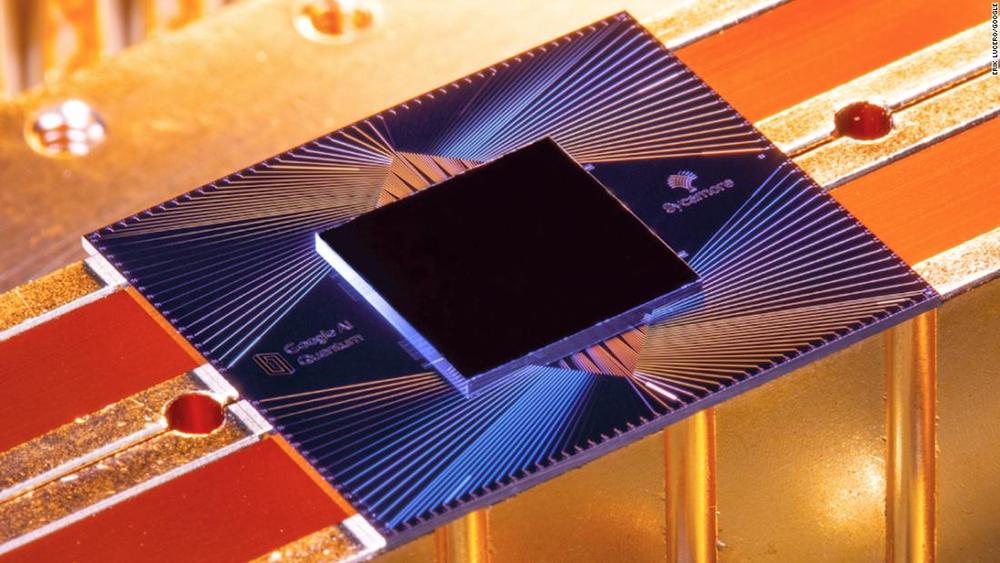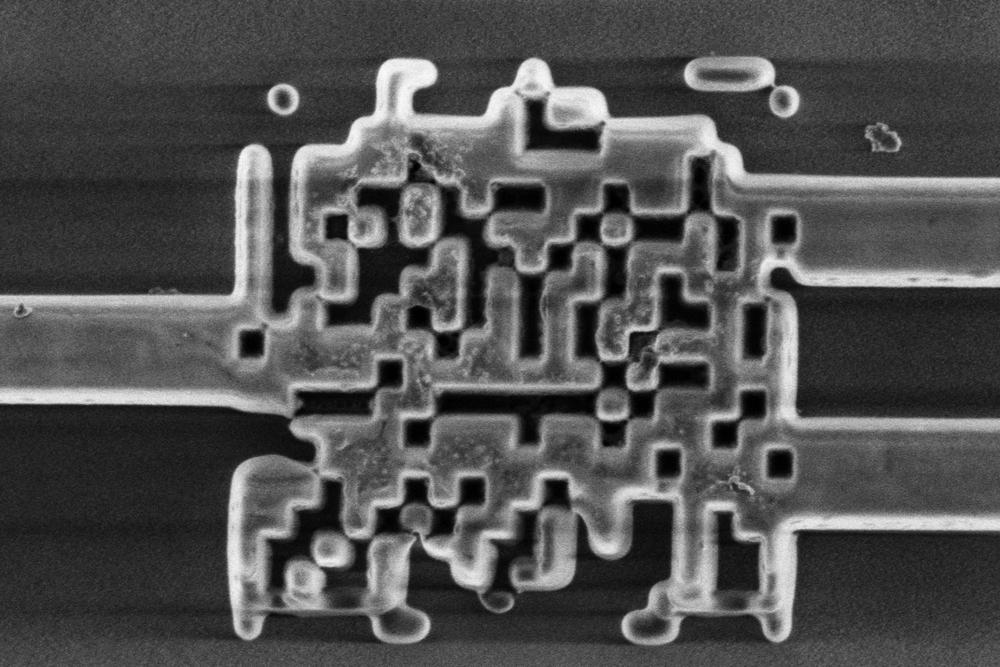Mar 3, 2020
If you want to save bumble bees, plant these flowers in your yard
Posted by Omuterema Akhahenda in categories: biotech/medical, education, habitats, sustainability
Humans are the cause of many problems because humans follow humans with no solutions. Everyone is talking about coronavirus, but not about ending the virus because they are not solutions driven. Just as Wangari Maathai taught the world to plant trees to fix what humans messed up. We need to also teach the world to plant bees #beekeeping to fix what humans messed up. This does not just mean bees, but other species we are making extinct. We need to be the change not just talk about and protest for change.
Researchers have figured out which plant species bumble bees prefer to include in their diets, providing advice to those wishing to help with bee conservation efforts.
During the summer months of 2015 to 2016, authors captured bumble bees on more than 100 plant species across more than 400 plots in the Plumas National Forest in California — a mountainous, meadowy area with wildlife habitats near running water, where bumble bees are abundant.
Continue reading “If you want to save bumble bees, plant these flowers in your yard” »
